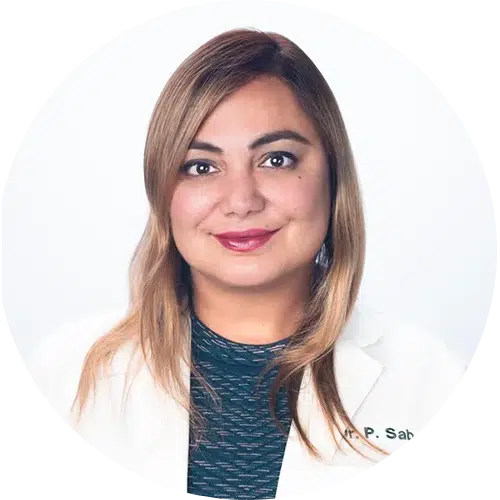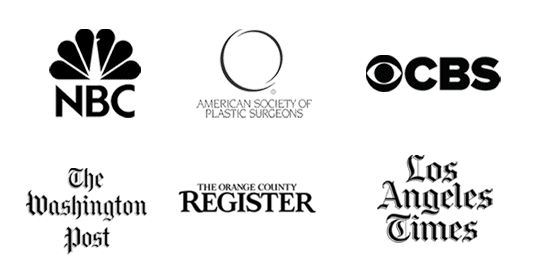What’s a crooked nose bridge?
Just like humans, crooked nose bridges come in all shapes and sizes. A crooked nose refers to a nose that doesn’t follow a straight, vertical line down the center of your face. The degree of crookedness may be very subtle or more dramatic, depending on the cause. While crooked noses are usually only a cosmetic concern, they can occasionally affect your breathing.
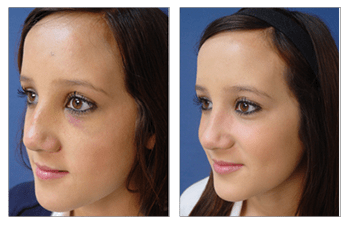
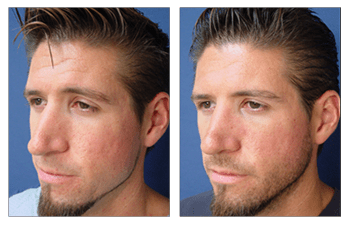
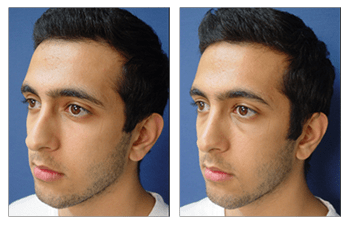
Rhinoplasty
There are two types of rhinoplasty, known as cosmetic rhinoplasty and functional rhinoplasty. Cosmetic rhinoplasty focuses solely on appearance. Functional rhinoplasty, on the other hand, is done to correct breathing problems. Regardless of the type of rhinoplasty, a 2015 study found that rhinoplasty successfully straightened crooked noses in participants with and without facial symmetry. Facial symmetry means that both halves of your face look similar.
Septoplasty
While a rhinoplasty focuses on the outside of the nose, a septoplasty fixes the septum, which is inside the nose. People who have a deviated septum will typically require a septoplasty to straighten a crooked nose and to relieve any blockages in the nasal passages.
Cosmetic Nose Abnormalities
A cosmetic abnormality of the nose impacts the look of the nose, but it does not affect the nose’s overall functionality. Here are some of the most prevalent cosmetic nasal abnormalities.
- Dorsal Hump: Refers to a convexity to the bridge of the nose that results in a bump or hump on the nose.
- Angulated Dorsal Hump: Refers to a convexity to the bridge of the nose that results in an angled bump or hump on the nose.
- Dorsal Curved Septum: Refers to a deviated dorsal septum that appears curved.
- Dorsal Ridge: Refers to a ridge that affects the midline prominence of the nose, extending from the nasal root to the tip.
- Acute/Deep Nasofacial Angle: Occurs when the nasofacial angle is too narrow.
- Obtuse Nasofacial Angle: Occurs when the nasofacial angle is too wide.
- Poor Tip Support: Occurs due to nasal tip damage.
Rhinoplasty
There are two types of rhinoplasty, known as cosmetic rhinoplasty and functional rhinoplasty. Cosmetic rhinoplasty focuses solely on appearance. Functional rhinoplasty, on the other hand, is done to correct breathing problems.
Septoplasty
While a rhinoplasty focuses on the outside of the nose, a septoplasty fixes the septum, which is inside the nose.
People who have a deviated septum will typically require a septoplasty to straighten a crooked nose and to relieve any blockages in the nasal passages.


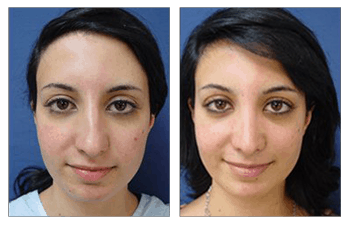
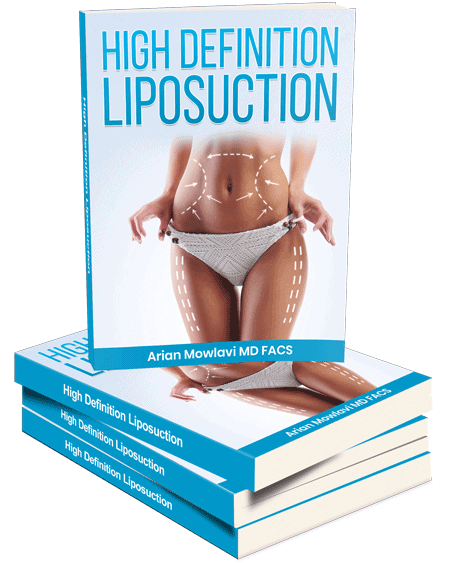
Download Our Surgical Team’s free Liposuction eBook
Crooked nasal bridge describes the deviation of the nasal dorsum that is typically centrally aligned. Crooked nasal bridge can be better appreciated when we consider the nasal and maxillary bone anatomy that comprise the nasal dorsum contour. The base of the nasal dorsum, called the nasal base, is created by the maxillary bones.
The top of the nose, the nasal bridge, is created by thin nasal bones that extend up from the lower maxillary bones. When there is trauma to the nasal dorsum, the nasal and maxillary bones can be fractured resulting in displacement and/or deviation of the nasal and maxillary bones.
The crooked nose bridge thus describes the peak of the nasal dorsum that will typically be deviated off of its central alignment following a compression injury.
The crooked nasal bridge thus describes fracture and displacement of the nasal bones specifically. Less affected are the maxillary bones that sit at the base of the nasal dorsum and describes the nasal base.
Crooked Nose Bridge Surgery
To correct a crooked nose bridge requires displacing the deviated nasal bones and partial maxillary bones back into alignment centrally. When crooked nose bridge is treated early, the closed nasal reduction can be used to literally press the bones back into place.
When treated in a delayed fashion, the nasal and maxillary bones have to be refractured using a formally closed rhinoplasty surgery. When performed in a delayed fashion, it is possible to not only correct the crooked nose bridge, but also to narrow a wide nasal bridge, and even remove a nasal dorsum hump.
Often a crooked nose bridge is acquired as a child for example following a fall out of bed that is not diagnosed until years later. As a young adult, difficulty breathing may develop which then persuades patients from seeking medical attention.
If correction of the crooked nose bridge is pursued, then a closed functional rhinoplasty can be considered which will result in not only correction of the crooked nose bridge but also eliminating the nasal hump and narrowing a widened nasal base.
This means that not the only improvement in breathing but also improved the aesthetics of the nasal dorsum contour. If you are concerned about a crooked nose bridge and difficulty breathing, we encourage you to seek a consultation by a nasal specialist.
Please see this 16-year-old female crooked nose deformity incurred during soccer. She appreciates her improved contour post rhinoplasty, septoplasty, turbinectomy.

